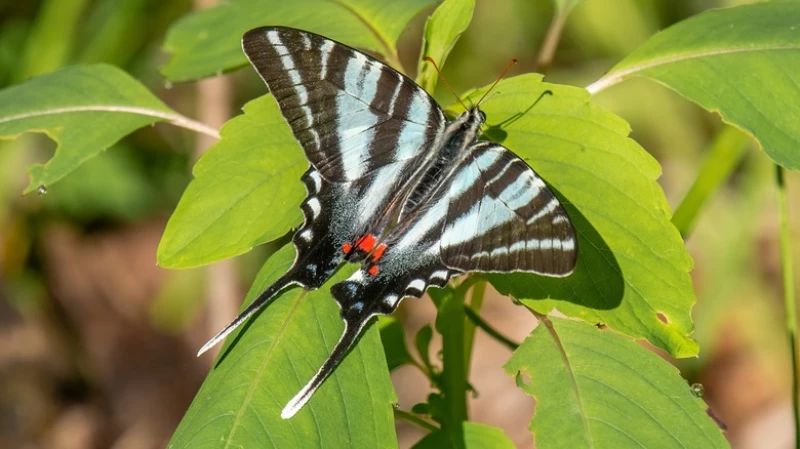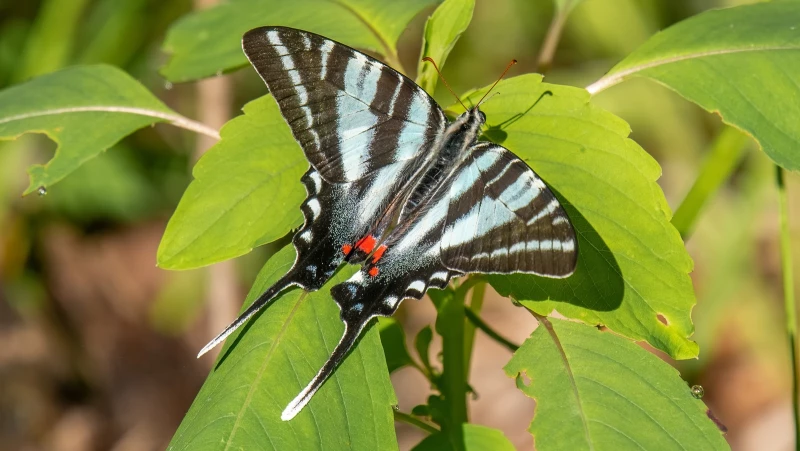If you've ever roamed through the woods or planned an intricate hike, you may have gazed around and pondered, how did so many indigenous people thrive here centuries ago? Where did they discover enough sustenance? However, natural, native food sources are abundant. There are well over 1,600 plant species that Native Americans traditionally utilized for nourishment, including corn, tomatoes, raspberries, chokecherries, sunflowers, and more. While North America boasts numerous native edible plants, there is a scarcity of fruit trees that grow naturally. Among the fruit trees originating from North America, few bear substantial fruits, with the pawpaw tree being a notable exception. This small tropical fruit tree thrives freely throughout much of North America.
A tropical tree like no other

Asimina triloba is sometimes called the Hoosier banana, poor man's banana, or false banana, but it's more commonly known as the pawpaw tree. This small tropical tree grows all throughout much of the eastern half of the United States and is one of the best native plants to grow if you live in the Southeast. The pawpaw tree also plays a key role in the lives of zebra swallowtail butterflies. These striking butterflies exclusively lay their eggs on the leaves of pawpaw tree species throughout North America, although the common pawpaw (Asimina triloba) is their favorite. When the caterpillars hatch, they'll munch on the leaves and absorb some of its toxins, protecting the larvae from predators. Eventually, they'll morph and take to the skies as beautiful black-and-white striped butterflies.
The Delightful Pawpaw Tree: A Low-Maintenance Addition to Your Garden

Embrace the charm of pawpaw trees in your garden, not just for their beauty but also for their edible fruits. Often mistaken for papaya trees, pawpaw trees bear fruits with a unique blend of flavors reminiscent of banana, mango, and passionfruit. These berries, which can reach impressive sizes of up to 6 inches in length and 2 pounds in weight, ripen from late summer to early fall.
Unlike the widely popular apple, pawpaws hold the title of being the largest edible fruit native to North America. So, the next time you savor a slice of apple pie, consider the possibility of indulging in a delicious pawpaw pie instead!
If you're considering adding a pawpaw tree to your garden, rest assured that these trees are low-maintenance and thrive in various climates. With proper care and the right soil conditions, you can enjoy the beauty of pawpaw trees and the bounty of their unique fruits in your own backyard.
Enhancing Pawpaw Tree Fruit Production
When it comes to growing pawpaw trees, ensuring a successful fruit harvest may require a bit of human intervention. While flies and beetles typically handle the pollination process in the wild, their efforts may fall short in a garden setting. Pawpaw trees are not self-pollinating or self-compatible, so it's essential to have at least two genetically distinct trees to yield fruits.
To aid in pollination, consider using a small paintbrush to carefully transfer pollen from the anthers of one pawpaw tree to the stigmas of another. This manual intervention can significantly increase the chances of a bountiful fruit harvest in your garden.







